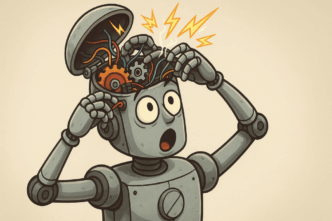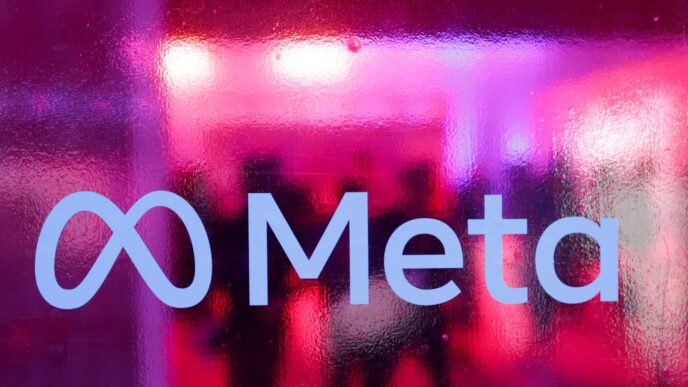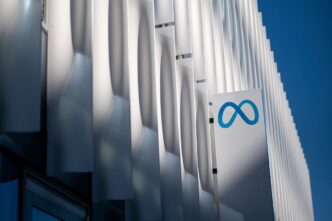Meta, Stanford, Berkeley crack test-time training with self-learning tasks
Meta, Stanford, and Berkeley teamed up to shake up test-time training (TTT) for neural nets. Their new paper (Sun et al., 2024) moves away from hand-crafted TTT tasks. Instead, models now learn how to best train themselves on the test data—no human guesswork.
Old TTT setups depend on fixed self-supervised tasks like rotation prediction or masked-language modeling. But crafting these tasks is part art, part trial-and-error, prone to human error and sometimes counterproductive, the researchers argue. Imagine a model wrongly flipping a directional arrow during rotation tasks, messing up understanding.
Their breakthrough: parameterizing the TTT task itself. The model dynamically picks what learning signal to apply during test-time training via a two-loop system:
- The Outer Loop acts as a meta-teacher, optimizing both the main task and the choice of TTT task end-to-end via meta-gradients.
- The Inner Loop quickly adapts model weights on the test input using the learned TTT task.
The Inner Loop is like a puzzle solver—you corrupt parts of input embeddings and learn to reconstruct them, shaping specialized weights for each test case. This setup yields more powerful, adaptable models.
They show this framework generalizes and includes attention mechanisms. Attention emerges as a special case when the Inner Loop’s learner is simple (linear model or kernel estimator). With a more complex learner (a small MLP), they create MTTT-MLP, a novel block that outperforms linear attention in both accuracy and scalability.
Tests on ImageNet confirm:
- On patch-based images, MTTT-MLP (74.6% accuracy) beats linear attention (72.8%) but falls short of full self-attention (76.5%).
- On raw-pixel images with 50,176 tokens, self-attention fails to run due to memory. MTTT-MLP hits 61.9% accuracy, crushing linear attention by ~10%, even when linear gets more parameters and FLOPs.
"How should I have set up the test-time learning problem so that the final outcome would have been better?"
The model asks itself this, guided by the outer loop’s meta-gradients.
This adaptive test-time training offers linear scaling with better representation power than previous linear attention methods. It’s a scalable path beyond quadratic self-attention, with the model mastering how to learn at test time rather than relying on human-crafted tasks.
Read more:














